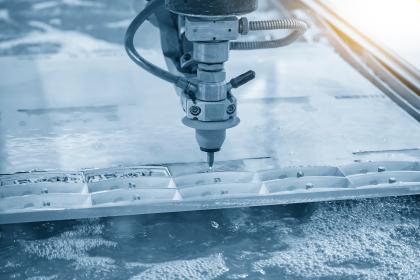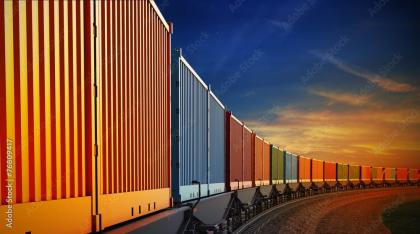What Is Die Cutting?
Die cutting is a manufacturing process used to cut or shape materials into precise and specific designs. It involves using a specialized tool called a die, which is a sharp-edged blade, or a set of blades formed into a specific pattern or shape. The die is pressed onto the material, exerting force and creating the desired cut or shape. It is commonly used in various industries such as printing, packaging, automotive, electronics, textiles, crafts, and many others.
The die cutting process involves several steps to achieve precise and customized results. Initially, a die is designed based on the specific shape or pattern required for the material, a task performed manually or by a computer-aided design (CAD) software. Then, the material to be cut undergoes preparation, ensuring it is flat and properly positioned. After that, the die is mounted onto a die cutting machine, with adjustments made for pressure, speed and other parameters based on the material and desired outcome. The material is then fed into the machine and positioned precisely to align with the die. As the die cutting machine exerts pressure, the sharp edges of the die penetrate the material, cutting it into the desired shape. Post-cutting, waste material is removed, and the die-cut pieces undergo inspection for quality, with any necessary finishing touches applied, such as deburring sharp edges or incorporating additional details to ensure the final product meets the desired specifications.
Materials That Can be Die Cut
With our die presses at Macroseal, we can cut a wide range of materials including paper, cardboard, fabric, leather, rubber, plastics, metals, and more.
Die cutting finds applications in various products such as packaging boxes, labels, envelopes, gaskets, automotive parts, electronic components, medical devices, and even custom-shaped crafts.
Benefits of Die Cutting
Die cutting offers several advantages in manufacturing processes, including:
- Precision: Die cutting allows for the creation of precise and consistent shapes or patterns, ensuring high-quality results.
- Speed and Efficiency: Die cutting machines can process materials at high speeds, making it suitable for large-scale production.
- Versatility: Die cutting can be used on a wide range of materials, allowing for versatility in various industries.
- Cost-Effectiveness: Once the die is created, the cost per unit decreases significantly, especially in high-volume production.
Overall, die cutting is a versatile manufacturing process that enables precise cutting and shaping of materials, making it an essential technique in numerous industries.


